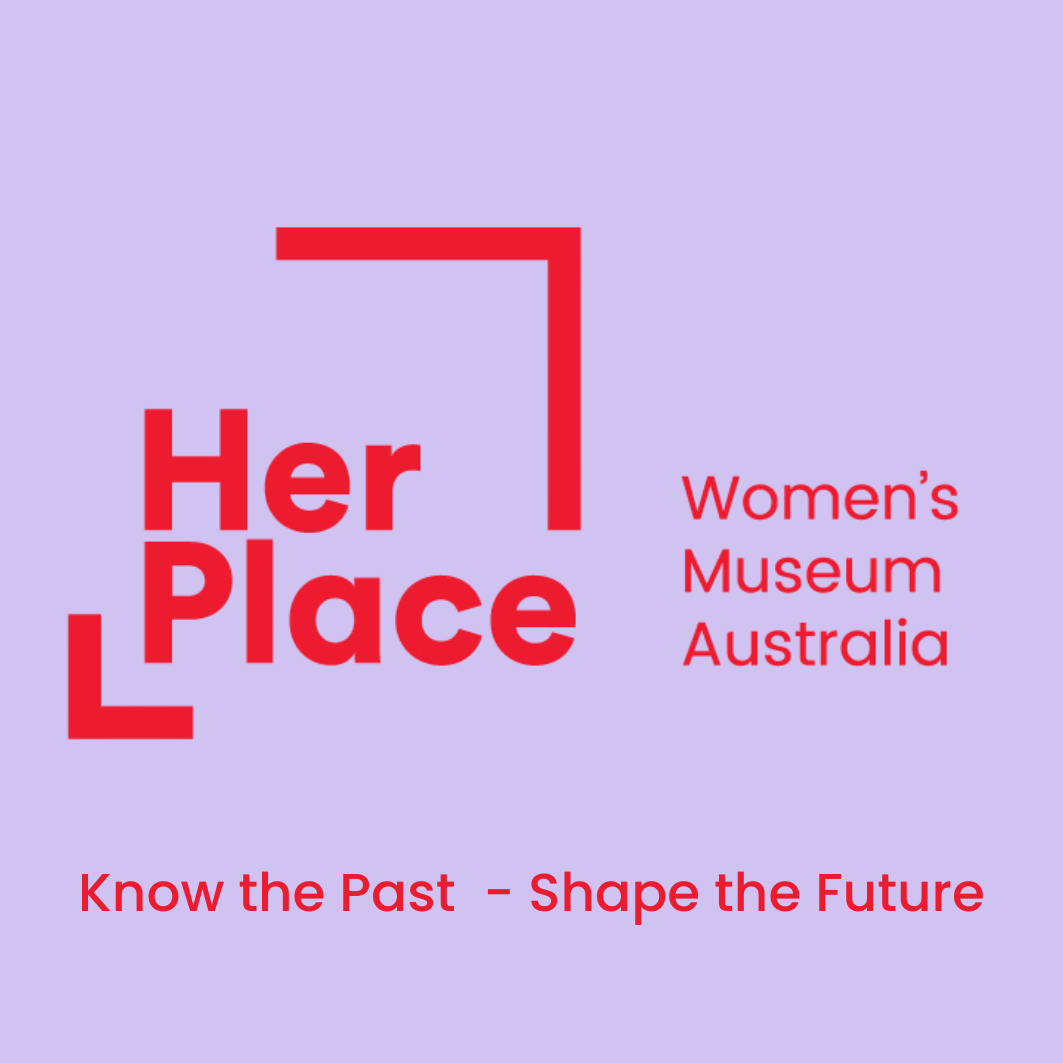ENCOUNTERS: WOMEN'S HISTORIES
What roles have women played in our imaginations, our politics, our cultural and intellectual terrains? Since 2016, Her Place has invited creative writing students from the University of Melbourne to share the stories, lives, actions and choices of Australian women who have shaped the social, cultural and political fabric of Australia.
Read their stories and biographies of intriguing women, and the cultural milieus in which they lived.
"Despite a long tradition of being excluded from history, it seems women are often the ones to keep it."
Hey everyone. It’s me
producer; consumer; influencer; puppet; girl
Welcome to my haul; anti-
haul; collection; declutter; favourites;
YouTube Made Me Buy It.
Vicki Couzens is a Keeray Woorroong Gunditjmara woman, a prominent multi-media artist and possum-skin-cloak maker. Her preferred description of her practice is ‘creative cultural expression’, rather than artist, as her passion is the reclamation, regeneration and revitalization of cultural knowledge and practices.
Before Tilly Aston, blind people were locked away, spending their lives doing nothing in their homes. Tilly refused to let that be her life, and she wanted to make sure others had the same opportunities. She did this in two ways: as an activist, and as a teacher.
"I had only ever known my grandmother through white granite etched with gold letters, and through the stories and memories of others."
"Murray-Smith knew she wanted to be a writer before she was ten years old. A desire to tell stories, real stories, has never died. 'Give me real life!' she exclaims."
"The suspended uterus pays homage to the some 250,000 babies forcefully removed from their mothers, under Australia’s former adoption policies. Rosemary is one of these children."
"Gypsy, muse, warrior, artist, bohemian, dancer, outlaw, visionary, faerie, a wild bird of paradise. Vali saw herself as an animal."
"In this room, with a balcony that could see the ships passing, Stead came to grips with her own childhood, and put her younger self into the pages as a character, up for evaluation. Here, during the first years of World War II, she finished The Man Who Loved Children (1940)."
“I don't see why we women should just wave our men a proud goodbye and then knit them balaclavas. A woman could get out of a lot of trouble that a man could not.”
“I then proceeded to sit down nearby and read a book as I waited for my plane, while they joked that I was probably reading a book upside down” – Tara Moss, The Fictional Woman
